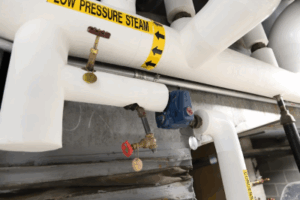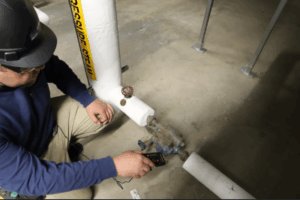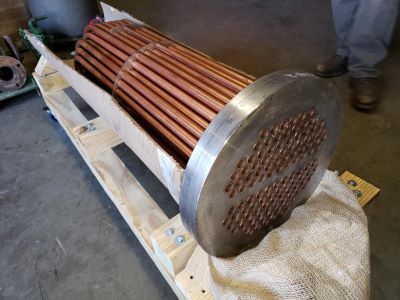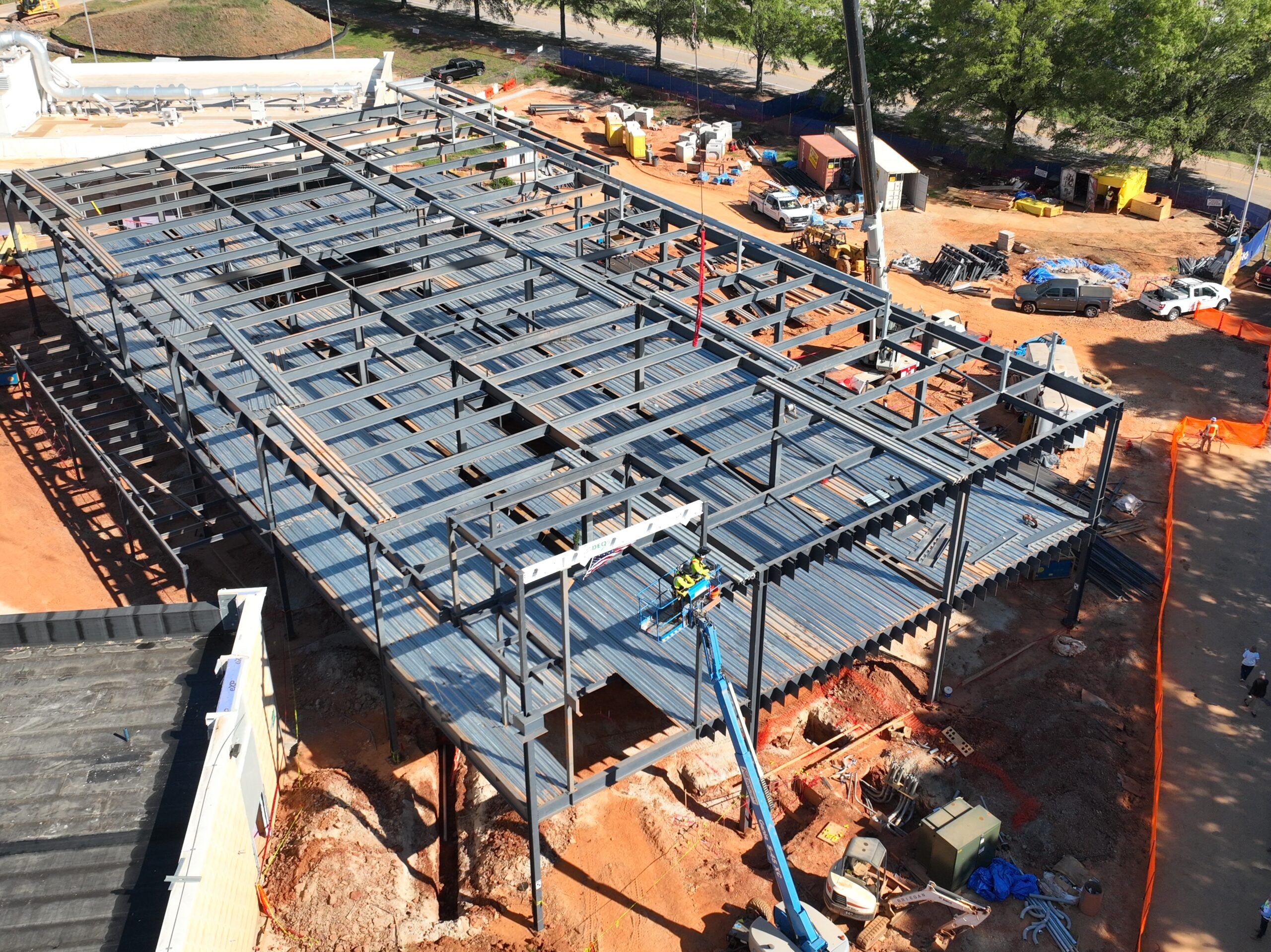Facility managers in today’s healthcare and institutional environments face an increasingly complex juggling act. Optimizing aging steam infrastructure, reducing operating costs, and meeting sustainability goals, plus doing it all with limited in-house personnel and shrinking budgets, is no realistic feat. It’s no surprise, then, that forward-thinking organizations are moving away from a piecemeal, transactional approach to steam system maintenance and embracing long-term, bundled solutions.
This shift reflects a broader trend in utilities management, which treats critical systems as interconnected ecosystems rather than collections of standalone components. In the case of steam, that means recognizing how steam generation, distribution, consumption, and condensate return all interact, and how addressing them holistically can drive exponential value.
From Piecemeal Fixes to Systemic Solutions
Traditionally, steam system service contracts have revolved around isolated assessments—a steam trap survey here, a valve replacement there. While sometimes necessary, these single service visits don’t always yield lasting improvements. What’s often needed instead is a more holistic picture of the system’s overall health and efficiency.
Beyond logistical simplicity, this approach fosters better outcomes. When facilities assess and improve every aspect of the steam cycle together, from generation to return, they’re more likely to identify underlying system inefficiencies. For example, repeated failures of a particular heat exchanger might not be the result of faulty equipment but instead trace back to improperly designed downstream piping. When steam systems are examined holistically, these kinds of interdependencies become clearer, enabling more permanent and cost-effective solutions.
Bundled assessments also support better coordination with facility staff. Technicians who understand how various zones interact can schedule work with minimal disruption to operations, whether they’re dealing with seasonal equipment, after-hours setbacks, or hard-to-access interstitial spaces.


Images Courtesy of: APM
Long-Term Partnership, Not One-Time Fix
The benefits of bundled service models extend well beyond technical performance. Over time, this approach enables facility teams to form long-term partnerships with their service providers, establishing relationships that yield compounding value year after year.
Rather than cycling through unfamiliar vendors, bundled service models typically bring the same technicians back to a site multiple times. That consistency means service crews gain a deep, site-specific understanding of the infrastructure they’re supporting, sometimes even outlasting in-house personnel in terms of institutional memory.
This familiarity leads to faster troubleshooting, fewer overlooked issues, and more informed recommendations. It also allows facilities to move from reactive repairs to proactive planning. Instead of scrambling after breakdowns, facility managers can prioritize upgrades, streamline their preventive maintenance routines, and make data-driven decisions that extend the life of their equipment.
Incentives and ROI: Making the Math Work
Bundled services often unlock greater access to utility incentive programs, which are structured to reward comprehensive energy-efficiency improvements. When less-attractive ROI projects, like insulation or valve replacements, are bundled with high-impact measures such as trap repairs or heat exchanger cleanings, the aggregate return justifies broader investment.
This also aligns with evolving purchasing trends in the public and healthcare sectors, where sustainability metrics and total cost of ownership are increasingly baked into procurement frameworks. For example, APM Steam has successfully helped clients secure funding to cover large portions of bundled project costs by demonstrating portfolio-wide reductions in steam loss, chemical consumption, and emergency repairs.
Key performance indicators (KPIs) that support the business case include:
● Lower steam trap failure rates
● Decline in gas and electric usage
● Reduced boiler chemical consumption
● Fewer unplanned outages
● Shorter planned shutdowns
● Decreased maintenance work orders
Overcoming Common Objections
Understandably, some facilities hesitate to transition to bundled service models. Concerns often center on perceived loss of control or the belief that internal staff can handle steam maintenance.
Feature Image Courtesy of: APM












